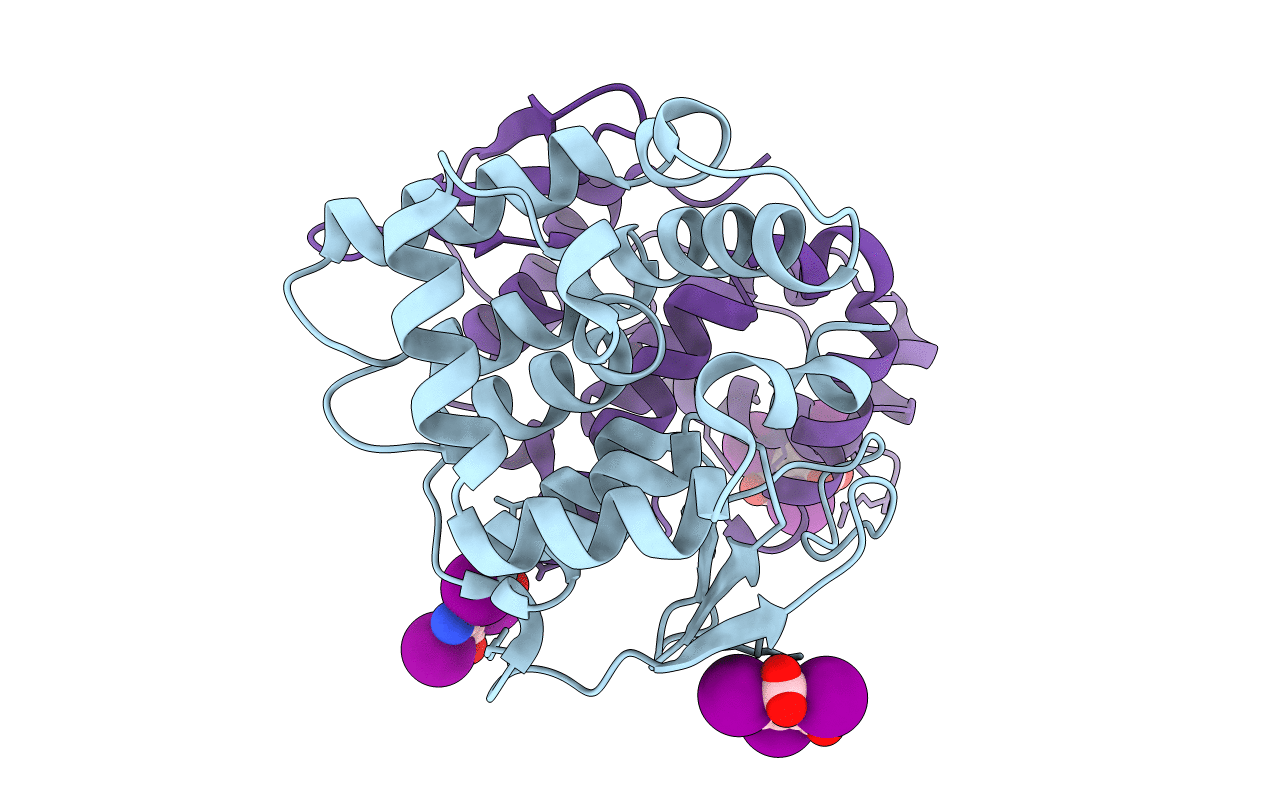
Deposition Date
2013-06-29
Release Date
2014-07-16
Last Version Date
2024-05-08
Entry Detail
PDB ID:
4BVX
Keywords:
Title:
Crystal structure of the AIMP3-MRS N-terminal domain complex with I3C
Biological Source:
Source Organism:
HOMO SAPIENS (Taxon ID: 9606)
Host Organism:
Method Details:
Experimental Method:
Resolution:
1.60 Å
R-Value Free:
0.24
R-Value Work:
0.21
R-Value Observed:
0.21
Space Group:
P 2 21 21


